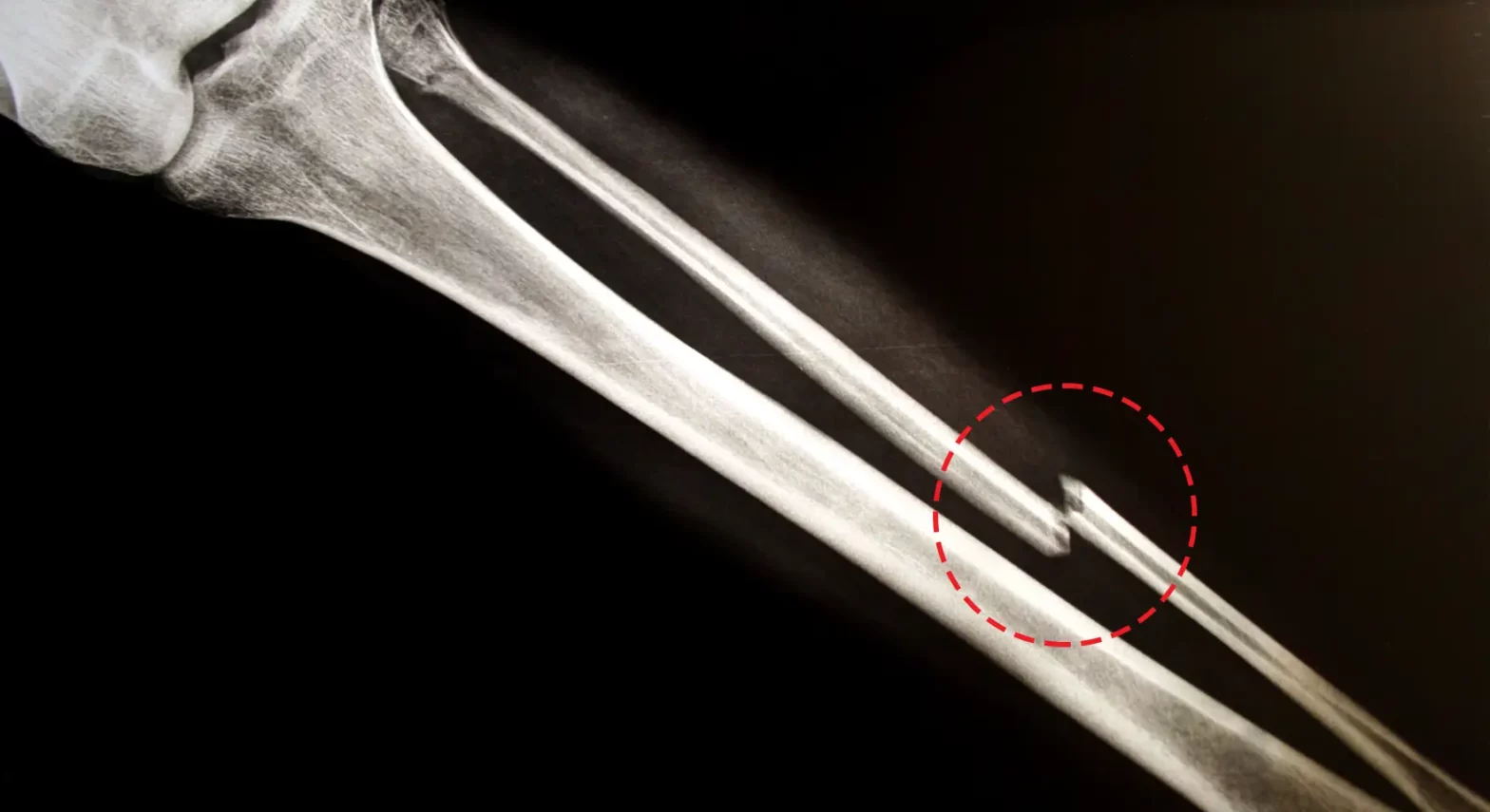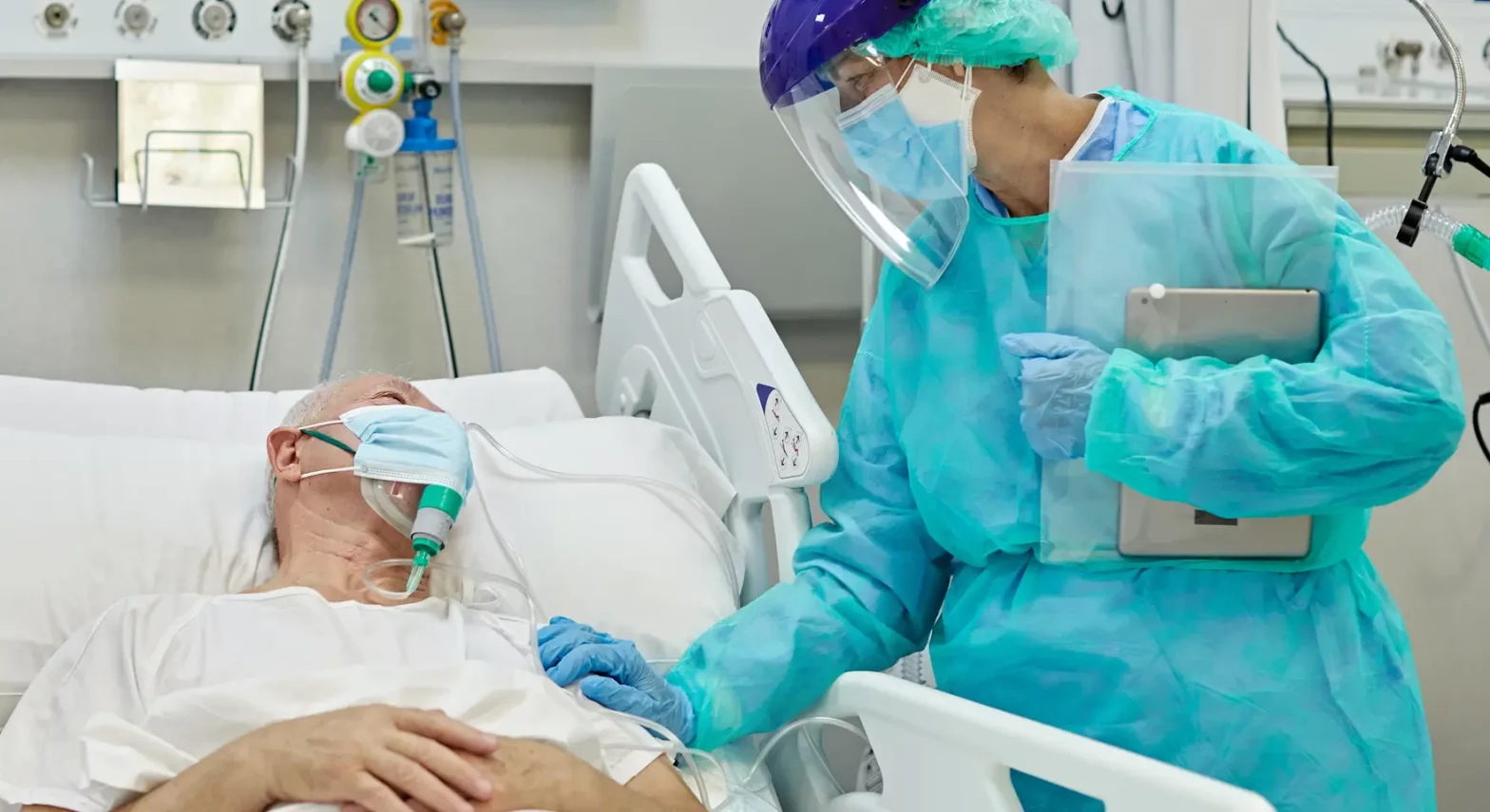May 30th, 2023
Understanding Non-Healing Fractures and Treatment Options

When someone experiences a fracture, their bone usually starts to regrow after surgeons reposition and stabilize the pieces. Depending on where the bone is, doctors may choose to place a cast on the fractured area and let a person’s body take care of the healing process. But this doesn’t naturally occur for every broken bone, which leaves some people with a non-healing fracture.
Non-healing fractures occur when one or more fragments of a broken bone do not grow back in alignment with one another. Non-healing fractures, also called non-unions, can impact any bone in the body. Yet, this type of fracture is common with a few bones, mainly the large bone that makes up the upper arm (the humerus), one of the two bones in the lower leg (the tibia), the ankle joint (called the talus), and the large bone in the upper thigh (the femur). The reason for this is many of these bones cannot be stabilized to allow for healing or they do not receive enough blood flow to regenerate on their own. Someone may have a non-healing fracture if their pain levels don’t lessen over time or their bone is bent in one or more places it shouldn’t be. If the bone break impacts the arm, hand, leg, or foot, someone may have a non-healing fracture if they cannot gradually start using their limb or supporting their weight as they recover.
Between 5% and 10% of all fractures that are traditionally treated become non-healing fractures[1]. This may occur in people who have obesity, an underactive thyroid, osteoporosis, or a Vitamin D deficiency. Other factors that influence fracture healing include smoking, poor nutrition, diabetes, and infections, which all prevent wounds from healing as quickly as they should. Since there are several causes of non-healing fractures, treatment for them varies based on what initially caused the interruption in healing. For example, if an infection impacts someone’s recovery, treatment will likely focus on resolving the infection first and then fixing the fracture. There are several treatments for non-healing fractures, including:
Surgery
If someone ended up with a non-healing fracture after surgery, it is very likely they will need surgery again. Surgical procedures for non-healing fractures firstly remove dead bone, tissue that is not getting enough blood supply, and adhesions, which are clusters of scar tissue. This not only helps improve the flow of blood in and around the bone, but it also readies the area for the next step of surgery – fixating the bone. Surgeons typically need to use plates, rods, and screws to hold the bone so that it heals in the proper position. In some cases, surgeons also use external fixators to temporarily keep the bones above and below the fracture in place as the injury heals. After undergoing surgery to repair a non-healing fracture, patients will often be given a splint or cast to keep the body part stable as it heals.
Bone Grafts
There are times when surgeons use bone grafts as a way to introduce new bone cells into the injured area. This also stimulates the production of natural chemicals that help with the healing process. Surgeons may use bone grafts from deceased donors, which are called allografts, or they may use portions of bone from the patient’s own body (autografts). When doctors do this, they typically take a small part of the pelvis since this is a large bone and removing a small part would not functionally harm a person[2]. Another reason the pelvis is used for bone grafts is because it contains a greater amount of osteoblasts, which are cells that produce new bone. As a result, this further helps with the recovery of the injured bone.
Bone Stimulator
This is an example of a treatment for non-healing fractures that does not involve surgery. Bone stimulators are a non-invasive treatment method that use ultrasound waves to penetrate the tissue and bone while triggering the body’s natural healing response. These waves are completely harmless and painless; in fact, they are often likened to therapeutic massage. When used on the surface of the skin, massage can lower swelling, relieve pain, increase blood flow, and encourage overall healing. Ultrasound waves have similar benefits, except they work on deeper tissues that cannot be manipulated as easily. For this reason, they are frequently used by rehabilitation professionals such as physical therapists and occupational therapists to help patients recover from a range of injuries.
Cell-based Therapy
Cell-based therapies are a newer treatment for non-healing fractures. This method involves injecting cells that contain the protein CD34 into the injured area[3]. Since protein is a lesser-known nutrient that helps improve blood flow, this specific type of treatment has been used to treat vascular conditions with good success. In more recent years, researchers have been exploring how these same CD34-containing cells can help with the repair of non-healing fractures. Protein does more than just increase blood flow in the body. This essential nutrient also plays a big part in the formation and repair of muscles along with helping build and maintain bone mineral density. These facts make cell-based therapy a viable option for the treatment of non-healing fractures.
There are several options for the treatment of non-healing fractures. However, the decision to use a certain method is a highly personalized decision that must be discussed with a health care provider. The nature of the non-healing fracture, a person’s other medical conditions, and the presence of lifestyle factors such as smoking and diet all contribute to the success of each treatment. Anyone who is seeking care for a non-healing fracture should ask their doctor to explain what options are available to them. This is the best first step in the treatment and recovery process.
Find an Orthopedic Doctor in Your Area





